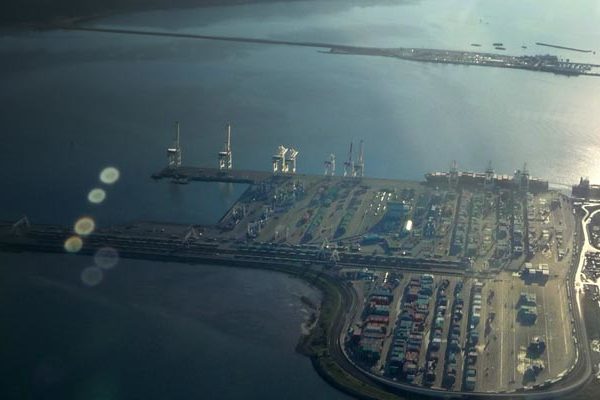Evaluating Potential Impact of a Port Expansion

To evaluate the potential environmental impact of a proposed container terminal expansion, ESSA and collaborators developed a one-of-a-kind ecosystem model based on the EcoPath with Ecosim modeling framework.
Project Details
Location: |
Roberts Bank Terminal, Vancouver, British Columbia, Canada; 49.021559, -123.161440 | |
Client: |
Port of Vancouver | |
Duration: |
2013 – Ongoing | |
Team Member(s): |
David Marmorek, Frank Poulsen, Brian Ma. | |
Practice Area(s): |
EA / CEA, Fisheries & Aquatic Sciences | |
Services Employed: |
Ecological Modelling, Decision Support & Trade-off Evaluation |
The Problem We Aimed to Solve
Vancouver’s busy port has long been a North American gateway to the Asia-Pacific region. The port employs almost 100,000 people and handles the equivalent of more than eight thousand twenty-foot containers daily, a number that is forecasted to double by 2030. As a key part of meeting this demand, the Port of Vancouver has proposed increasing the shipping capacity with the Roberts Bank Terminal 2 Project, a new container terminal at Roberts Bank in Delta, B.C. The proposed project would be able to handle an additional 2.4 million twenty-foot containers annually, around 80% of the existing capacity.
How We Helped
ESSA, together with researchers from UBC and Hemmera, was brought in to evaluate the potential environmental impact of the project. Based on the EcoPath with Ecosim modeling framework, the team developed a one-of-a-kind ecosystem model from the ground up specifically for the study. The first step was developing a detailed model of the local food web based on fieldwork, filling in data gaps with literature values. The final food web represented 58 different functional groups. The next step was to establish each group’s environmental preferences, (e.g. do they prefer freshwater or saltwater, shallow or deep areas), which enable the ecosystem model to create maps of the predicted current distribution for different species. The predicted distribution maps were then compared to the observed distribution to validate the model. Finally, the biomass for each group was simulated based on maps of salinity, depth, wave height and water current speed with and without the project.
Our Project’s Impacts
Overall, the ecosystem model forecasts only minor changes in biomass for the groups represented in the food web. Approximately 40% of the groups are forecast to change no more than 5% and two-thirds of all groups are forecast to change less than 10%. Biomass for birds and primary producers increased slightly (2.7% and 3.0%, respectively) and biomass for fish and invertebrates decreased slightly (2.4% and 1.3% respectively). The greatest relative decline is forecasted for orange sea pens (55%), primarily because there is an orange sea pen colony at the location where new terminal would be built. It is not known if they will re-establish themselves elsewhere naturally so the Port of Vancouver is doing a pilot study on transplanting them.
No additional resources available at this time.

